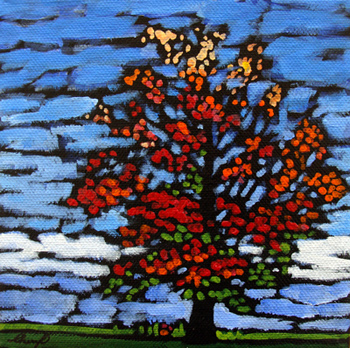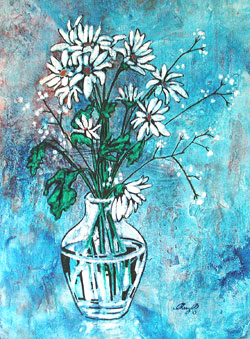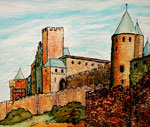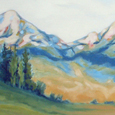Watching a large bird soar on the wind, for a moment I could glimpse the invisible currents of air as it rose and dipped without any movement of its wings. And I thought, isn’t it like that with all invisible things? They are seen only in the effect they have on things nearby. We are surrounded with a substance we cannot see, the air, but we understand it primarily by the effect that it has on objects within it. When I say “a windy day”, images of tree branches or leaves moving come to mind. Even fog is simply water droplets floating in the air – we never actually see the air itself. The same with gravity. And so are other invisible things understood by the effect that they have on those who are near. Things like love, hate, kindness, are never seen with the eye. They only become visible in the words and actions of those who are moved by them. In some ways God is like that too – invisible but seen in the actions of those who are near to God. And as far as art is concerned, when it is expressing a heart felt emotion, whether it is pure emotion or an emotional response to a subject, it is making visible that which was previously invisible. A high calling indeed.





